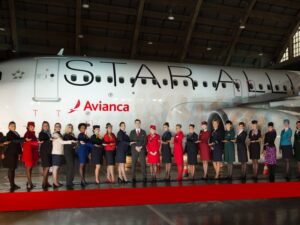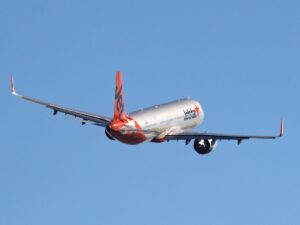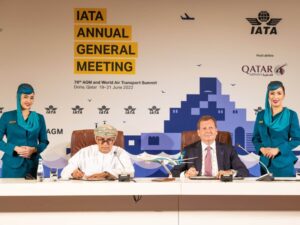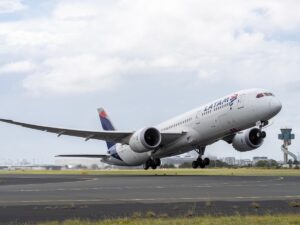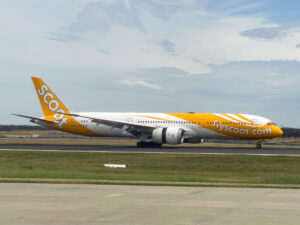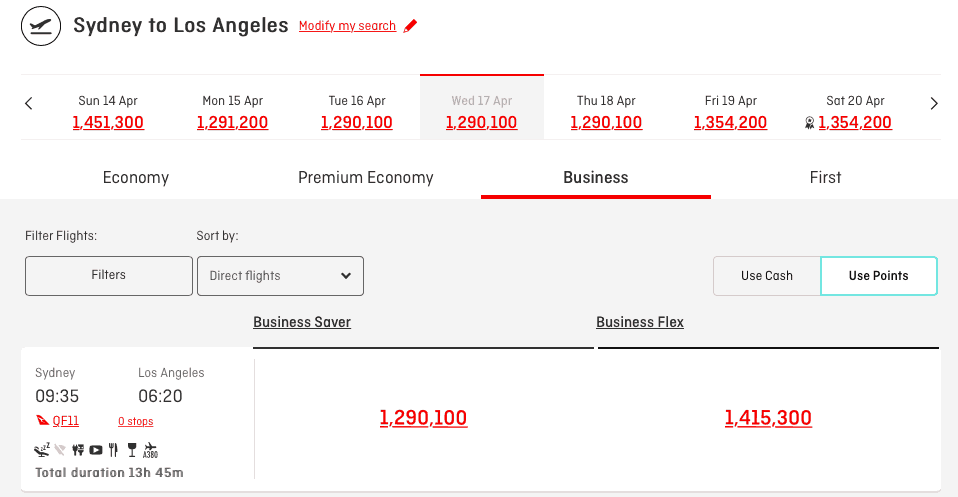
United Airlines sold these “award travel updates” to its frequent flyers as “introducing a broader range of award prices”. This is PR marketing spin at its finest. The changes are not positive and frequent flyers – even those who never fly United – should be worried as more airlines are likely to follow.
United did have a relatively competitive award chart. Most award flights were reasonably-priced and there were plenty of sweet spots that made Mileage Plus an attraction frequent flyer program. For this reason, many Australians even buy United Mileage Plus miles to redeem for high-value rewards.
United says that award flights flown from 15 November 2019 will no longer have fixed prices. This does mean that some awards may be cheaper, especially on routes where paid airfares are very low. But we expect that most awards will become more expensive.
United will remove its USD75 close-in award booking fee for booking award flights less than 21 days before departure from 15 November.
It’s not yet clear how United intends to price Star Alliance and partner airline awards going forward. For partner awards, award inventory is controlled by the operating airline and seats are normally only released if the airline doesn’t expect to be able to sell the seat to a paying customer. So, these may be spared from the dynamic pricing – at least for now. But customers won’t know how much the award is even supposed to cost and no notice will be provided if prices change.
For now, you can still access United’s current award chart pricing on their website.
United is following, and setting, a concerning trend
United is not the first airline to introduce “dynamic” award pricing, and unfortunately it won’t be the last. In 2015, Delta SkyMiles removed award charts to much disgust from the frequent flyer community.
It took four years for United to copy Delta’s lead. But now that two of the “Big 3” US airlines have removed award charts, it’s only a matter of time before American Airlines AAdvantage follows. This will be a tragedy as AAdvantage currently has a very competitive award chart.
Once the major US airlines have all ditched award charts, it’s likely that more airlines could follow. British Airways may be one of the first to do so, as they’ve already hinted that they are looking at moving Executive Club to a revenue-based loyalty program.
Air New Zealand’s Airpoints program has already used dynamic award pricing for years. As a largely revenue-based program, Airpoints is considered one of the world’s worst value frequent flyer programs. Airpoints Dollars are treated like real dollars and awards cost whatever price the flight is on sale for. This means premium awards such as long-haul Business class seats are out of reach for most Air New Zealand Airpoints members. Air New Zealand does at least have a partner airline award chart, but the value here is not that great either. Awards are priced as point-to-point sectors only and Air New Zealand even uses kilometres – rather than miles, the industry standard – to measure the distance of flights in its award chart!
Flying Blue, the frequent flyer program of Air France/KLM, removed award charts last year. Award pricing with this program is now a mysterious beast that nobody truly understands.
Qantas Frequent Flyer and Velocity Frequent Flyer both already offer dynamic award pricing with their “Points+Pay” and “Any Seat” awards. These awards just take the cash airfare and convert the amount to points at a rate favourable to the airline. Occasionally, Points+Pay awards can be cheaper than “Classic” rewards if the flight was on sale at a low price to start with. But premium cabin awards are typically outrageously priced. Thankfully, these revenue-based awards are offered in addition to Qantas’ Classic Flight Rewards and Velocity’s Rewards seats, which are priced according to distance-based award charts.
The problem with dynamic award pricing
Dynamic award pricing is usually more profitable for the airline… at least in the short term. But for customers, they remove the most valuable aspects of the frequent flyer program!
Without award charts, members are never quite sure how much an award is going to cost. This makes it harder to set goals and more difficult for frequent flyers to maximise the value of their points. The key to getting great value from frequent flyer points is to find “sweet spots” in the award chart. Without an award chart, it’s impossible to do this.
No award chart also means that the airline can increase prices any time it likes. It no longer needs to provide notice of award price increases and will never be held accountable for this.
One of the main reasons that frequent flyer programs drive loyalty is that points can be redeemed for aspirational rewards such as flights in Business and First Class. Many people couldn’t normally afford to pay for long-haul flights in premium cabins, so are encouraged to participate in the loyalty program. But when points are earned based on dollars spent, and rewards are tied to the cost of a revenue ticket, the loyalty program is little more than a cash-back scheme and barely worth participating in.
Offering valuable rewards which keep people engaged is good for frequent flyer programs too, as they make a profit from selling points. As airlines control the supply of award seats – typically only releasing award availability if they don’t expect to otherwise sell the seat – the marginal cost to the airline of providing the reward is also low. Frequent flyer programs are the most profitable part of many airlines, too. Killing the golden goose is bad for business.
Airlines often try to sell these kinds of devaluations by telling their frequent flyers that they can now redeem their points for a seat on any flight as there are “no blackout dates” for award travel. In fact, United said exactly this in its announcement last weekend. But if it costs over a million points for a one-way Business class seat from Sydney to Los Angeles, what’s the point?
Join the discussion on the Australian Frequent Flyer forum: United is ditching award charts
P.S. We weren’t joking about award seats to Los Angeles costing over a million frequent flyer points under dynamic award pricing. Check out these Qantas Points+Pay prices…


